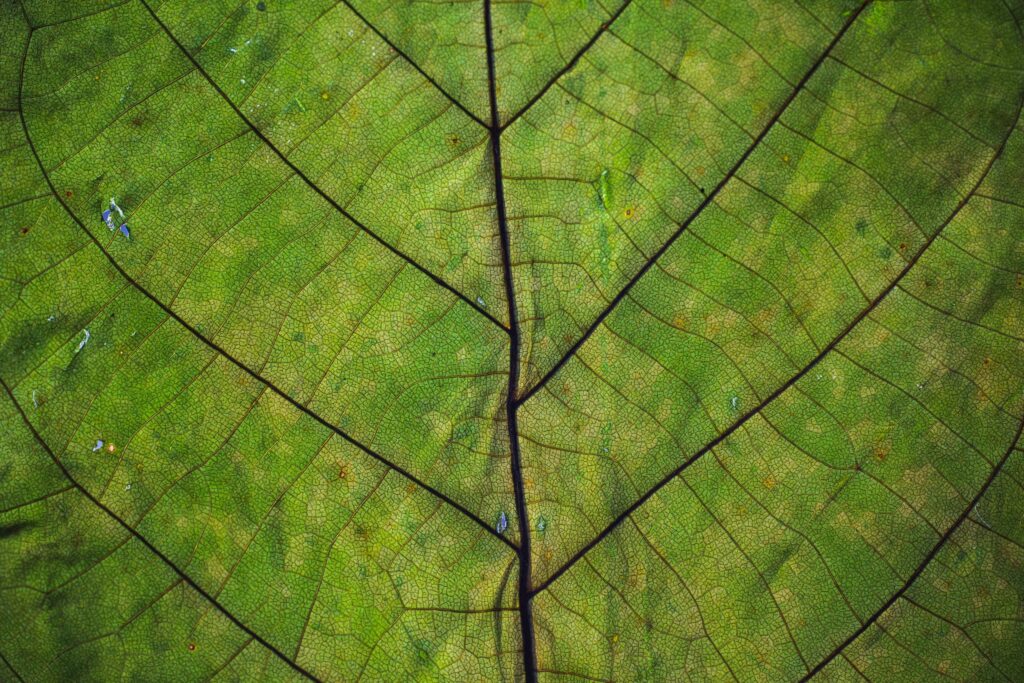Product name
Faba beans (Vicus Fabia); dried, 15% water; at farmgate
Reference flow
1 kg dried faba beans
System boundaries
The system ends at farmgate. Growing and drying included. Includes production of fertilizers, pesticides, diesel, limestone, seeds, machinery, buildings. Also includes the effects of soil mineralisation, calculated with the ICBM model, as CO2 emissions and N2O emissions.
Use advice of the dataset
In Norwegian: Åkerbønner, bondebønner, hestebønner.
Precrop effects are not included.
Technology description
The process is representative for conventional agriculture. The technology is representative for faba beans growing in Norway. Due to lack of data, a simplified model for drying has been used. Also, fuel use has been estimated using a model (the DRIFT model) using field operations data (ploughing, harrowing, spraying, etc). Expert advice has been used to corroborate data from survey of farmers.
Quality level
Good
Location
Norway
Geographical representativeness description
Data is representative for Norway since it’s based on a survey conducted in Norway and supported by expert advice from NLR and NIBIO. All regions were faba beans are grown in Norway are included.
Quality level
Very Good
Reference year
2017
Time representativeness description
Farmers and experts are asked to give data on a representative year. They were asked to give the answers for 2017 if that was a representative year.
Time quality level
Very Good
LCI method principle
Attributional
Other comments on methods approaches
Emissions of dinitrogen monoxide, ammonia, nitrogen dioxide and carbon dioxide are calculated based on the IPCC (2006). The emissions include direct and indirect emissions from application of mineral fertiliser, leaching and runoff and crop residues returned to soils and emissions from application of limestone. Changes in soil organic carbon (SOC) is modelled using the ICBM method.
Cut off for mass or energy flows
Very small impacts such as packaging for seeds, pesticides and fertilizer not included.
Data treatment and extrapolations principles
Based on survey and expert advice.
Data collection period
2017-2018
Data set generator
Erik Svanes
Access and use restrictions
Closed, please contact pieter@norsus to get access to the dataset.












